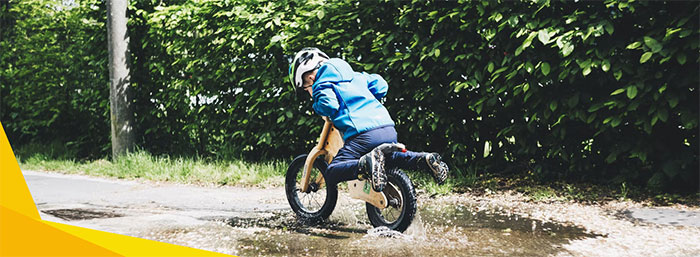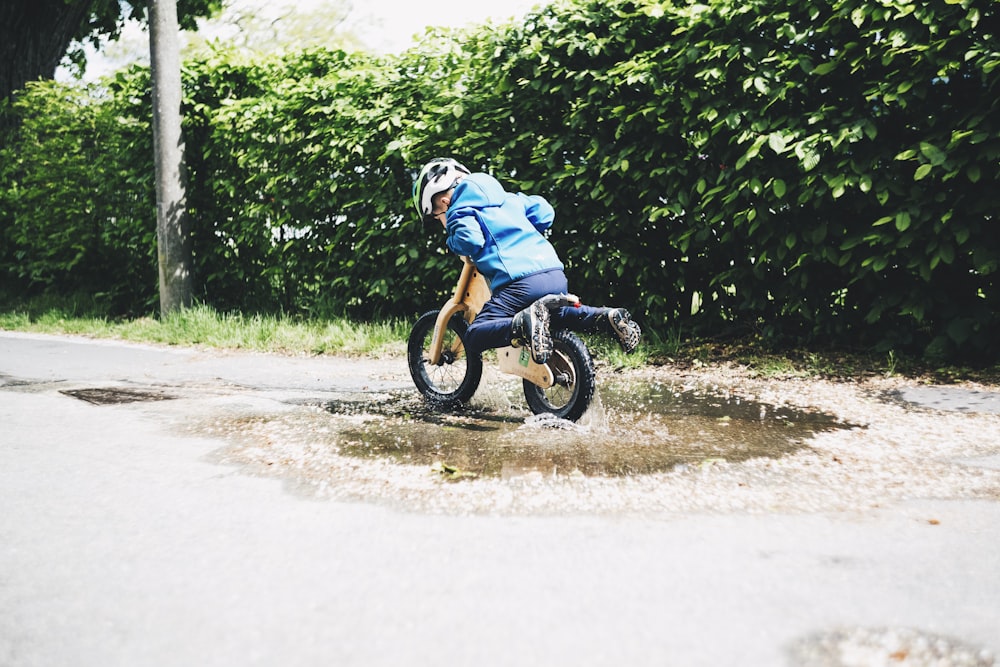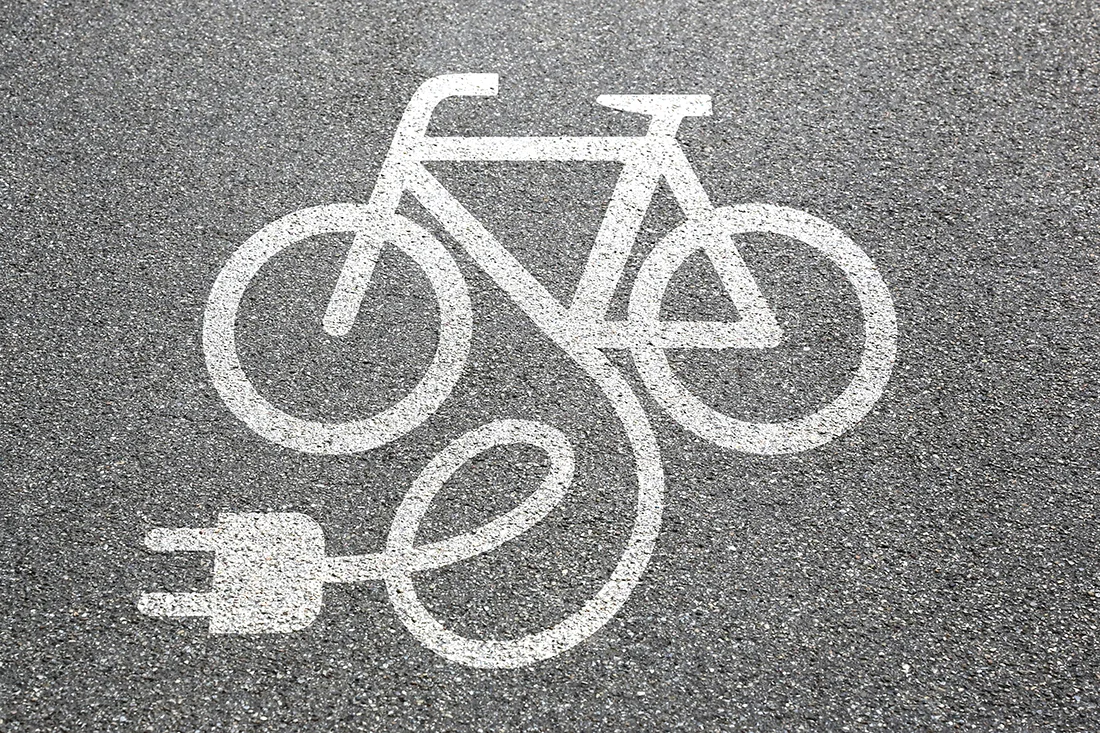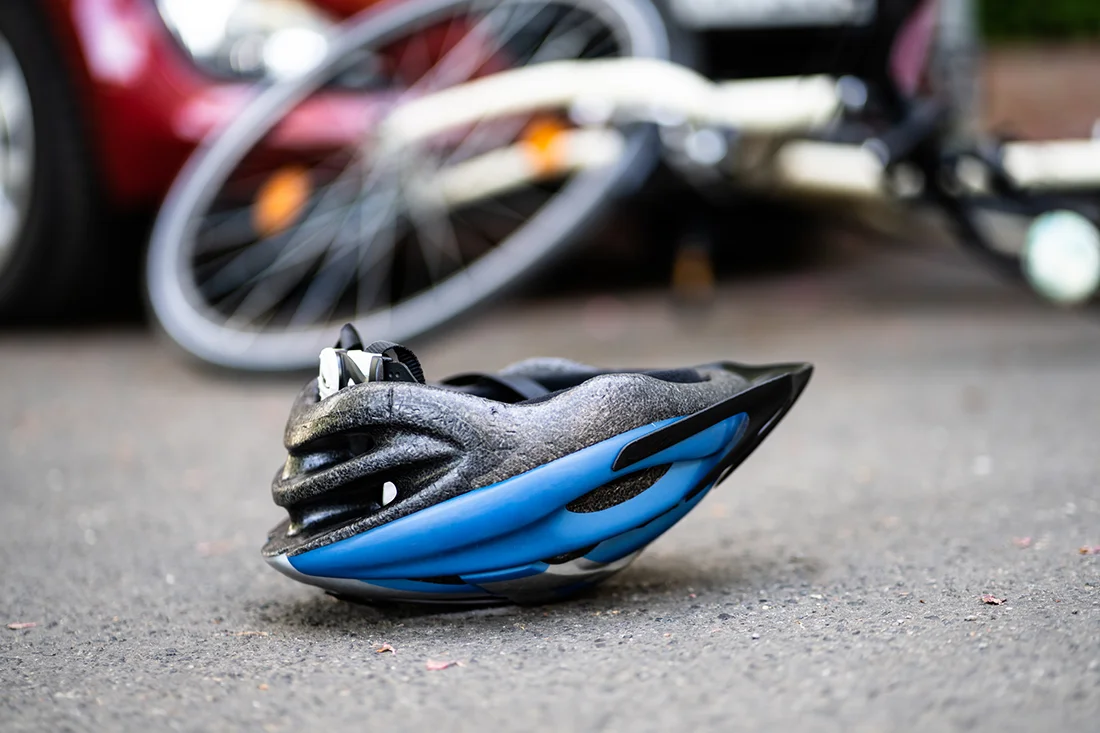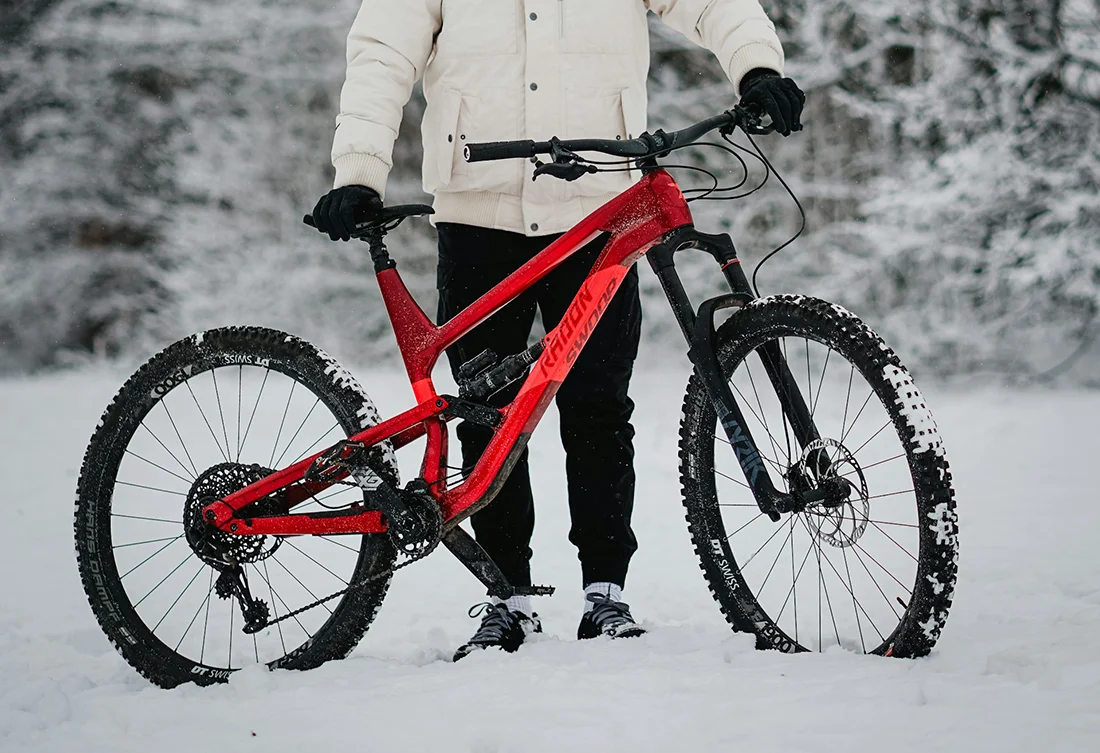Are you wondering how to teach your kid to ride a bike? You’re not the first! This question is daunting to many parents.
Some children can progress really quickly, while others take a little while to learn how to balance and handle a bicycle.
Bike riding for kids and the steps needed to learn to ride can be simple and stress-free if you take the right steps.
Let us show you how! No training wheels involved!
How to Start
If riding a pedal bike is new to your child, you should keep things slow and let them get accustomed to balancing on two wheels.
First off, if your child has a bike with pedals, remove them using a pedal wrench. Yep, you heard me. We’re turning it into a balance bike. If you have a balance bike, you can skip this step, obviously!
This is all about how to learn to ride a bike, by focusing on learning to balance first. Honestly, this is the quickest and easiest way (for you and your child) to learn to ride a bike.
If you are yet to get a child’s bike, then I’d recommend getting a balance bike first as removing the pedals works best for bikes that are 16” and larger. However, there’s nothing stopping you from doing it on smaller bikes as well.
First Bike
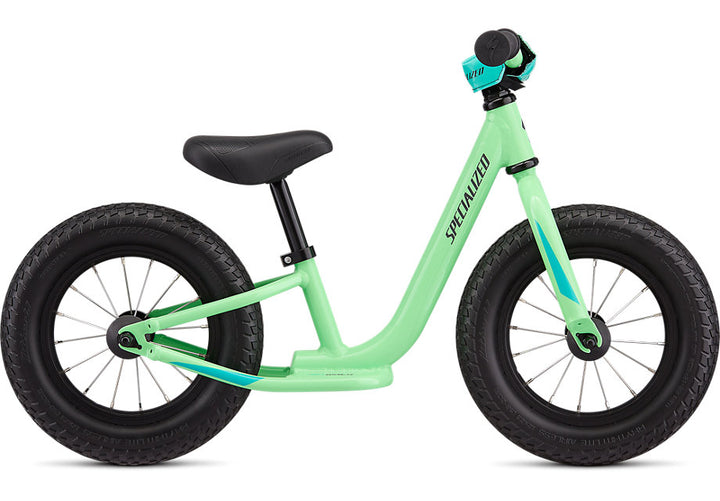
Balance bikes are great starter bikes, aimed at pre-school children. We discuss the benefits of balance bikes below so I won’t go into too much detail here.
I would suggest that you avoid gimmicks on your child’s first bike (and those afterward to be honest!).
What do I mean by gimmicks? Bikes that are overbuilt so they look like motorbikes. They’re heavy and unnecessary.
There’s a lot to learn when it comes to bike riding for kids so keep things as simple as you can.
Don’t buy a bike for your child to grow into. It must fit straight away. It’s essential that you have the correct size bike for your child.
A bike that is too heavy or too tall can hinder any progress your child might make, and it can be dangerous too!
My advice is to do your research, and keep in mind that children’s bikes are measured differently from adult bikes! Check out our guide on kids’ bike sizes to learn more. In short, a child should be able to stand over the bike with their crotch a few inches above the top tube.
If you’re conflicted between two sizes, a slightly smaller size is always a better choice.
Safety
Safety is paramount when learning to ride a bike and even once balancing is mastered.
A bike helmet should be worn by a child when they are learning to ride a bike. See which of the best helmets for babies, toddlers, and kids we recommend.
The often forgotten fact is that it’s important to have a helmet that fits correctly. An ill-fitting helmet can be just as dangerous as not wearing a helmet at all.
Let’s say the helmet is too tight, it’s going to be uncomfortable for starters. This can lead to your child not wanting to wear it but also, they could get headaches by wearing it. Unpleasant all around!
On the flip side, if a helmet is too big, it won’t offer much protection in the event of a crash or accident. Speaking from experience, I wore a helmet that was too big for my head many years ago. I came off my bike at some speed, my helmet came off my head and I received some head injuries which wouldn’t have happened if I had been wearing a correctly sized helmet.
Also, keep in mind that helmets are a legal requirement for under 16s in the majority of the United States.
In order to get the best fit, measure the circumference of your child’s head. If you place the tape measure on the forehead an inch or so above the eyebrows, this usually gives you the correct result.
Once you have that measurement, you can then use it to search for correctly sized helmets. Make sure to also adjust the helmet’s side straps and chin strap correctly.
Knee pads and elbow pads are another piece of protective gear you could consider. They’re not as essential as a helmet but if your child is nervous about having to learn to ride a bike then knee pads can give that extra bit of confidence. I recommend also getting gloves to protect their hands.
What Are Balance Bikes?

Many of us have learned to ride with the help of training wheels. But what is behind the balance bikes vs training wheels debate?
Simply put, balance bikes are bikes without pedals.
Balance bikes have everything other bikes have, but no drivetrain. In order to move forward on a balance bike, the child pushes with their feet.
These bikes also don’t have training wheels. It’s all about developing balance and improving coordination.
Why are balance bikes better than training wheels? First off, balance bikes are so easy to use.
Children don’t need to struggle with pedals. It’s all about focusing on learning how to balance, which I can’t deny is an important lesson when it comes to learning how to ride a bike!
Helps With Coordination
Many people say children aren’t good with coordination. Balance bikes can actually help with this!
The design of a balance bike means that all children have to do is use their arms and legs to move forward.
A balance bike helps chidren to develop their strength, motor skills, coordination, and agility.
Balance bikes are safer than training wheels. You might not think so at first glance, it looks like it’s easy to fall from balance bikes but it’s easier to fall off a bike with training wheels…turning too sharply for example or going over big bumps.
The saddle on a balance bike is closer to the ground, which means that if your child does fall, they won’t be falling far. Nor will they be doing so at speed, as balance bikes aren’t designed to go quickly.
When it comes to learning how to ride a bike, balance is the hardest thing to master. This means that when your child has become confident on their balance bike, it won’t take long for them to get used to riding a bike with pedals.
Learning How to Balance
Learning how to balance is the hardest thing to learn in many ways, it’s something we as adults take for granted.
I would highly recommend that you get your child used to getting on and off the bike first. It’s something simple for us, but for a child, it’s a new experience and a tricky one at that!
You can lean the bike to one side and this should make it easier for them to get used to getting on the bike.
Get your child to repeat this until they are comfortable with doing it.
Should you find that your child is having trouble with this, then it can be a sign that the bike is too large for them.
Learning to Move on the Bike – Tiptoe and Scoot!

Before your children take on learning how to pedal, I’d recommend that they master the art of tiptoeing and scooting. The good thing is that many children will have already started doing this, unknowingly perhaps.
One of the best ways to start this process is on a balance bike, or on an ordinary bike, with the pedals removed.
Your child should hold the handlebars while remaining seated and walk a short distance. Ensure that your child stays seated on the bike during this.
So walking with the bike will get them used to moving and generally more confident with a bike. Good news!
One thing to try and do is to encourage your child to make confident, almost bouncy steps. But they should do this at their own pace.
Something to look out for is that the child should be looking forward, not down. When you look down, even as an adult rider, you don’t often stay in a straight line – speaking from painful experience here! So it’s a good habit to teach to your child.
One way this can be achieved is by walking in front of them, facing them, and ensuring that their gaze is firmly fixed on you.
Over time, the tiptoeing should develop more into a scoot. When that happens, move on to the next step!
Gliding
Now that your child is comfortable with scooting, it’s time for gliding!
This is all about getting your child used to taking their feet off the ground for longer periods of time and starting to trust that they will remain upright when doing so.
If you get your child to push off and propel themselves forward. You may find that your child enjoys it and naturally lifts their feet off the ground.
Other children are understandably nervous about this and put their feet on the ground more often; but with encouragement, they will get used to gliding.
Steering in wide circles is the next step. To make things fun, it’s worth creating a little course with ‘obstacles’ using chalk or having them try to follow you. Later on, you can add real cones to make things more fun.
Brakes

Mastering brakes is something that can take a little while as children’s inclination is usually to put their feet on the ground to stop.
When you get to the stage of introducing pedals, it’s a good time to introduce a new way to stop…brakes.
Coaster Brakes
Some bikes will have coaster brakes, these are common on 12 – 16-inch bikes.
With these types of brakes, it’s good to have your child sit on the bike, and try out the brakes this way.
I would recommend that they do this while they’re stationary until they are able to use the brakes without wobbling too much.
Hand Brakes
This is going to be a different process than coaster brakes.
Rather than sitting on the bike, your child should walk alongside the bike, and press the brakes as they walk.
Get them used to getting the bike to come to a gentle stop this way before doing so while sitting on the bike.
It’s important that your child understands how much pressure is needed to stop the bike. It’s likely that they may fall, especially if they don’t understand this and hit the brake hard when riding.
It takes time to learn braking judgment and it’s not uncommon to see your child use their feet occasionally to help with stopping.
When Is the Kid Ready for Pedals?
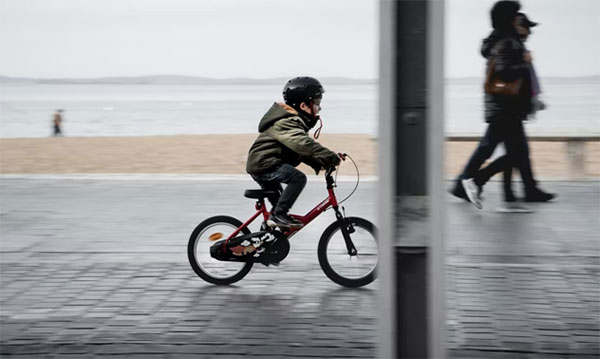
Once you are happy that your child is gliding, steering, and balancing well on their own, it’s time to give them the green light and introduce pedals!
If you removed pedals from the bike, it’s time to attach them back to the bike. Make sure to also check that the bike’s seat height is correct.
To get your child used to bikes with pedals, get them to sit on the bike, while you hold the bike steady. They can lift their feet onto the pedals. As they are doing this, make sure that they keep looking forward.
Why? If you look at your feet, then chances are, you will turn your handlebars and lose balance when you’re moving.
When your child is happy with sitting on the bike with pedals then you can start getting them to move forward. Make sure that they start pedaling with the front pedal at the 3 o’clock position and have enough momentum so that they keep their balance.
Though you may be tempted, try not to hold onto the bike as your child pedals. Do stay close though and lightly hold the seat of the bike if necessary.
What quite often happens is that children get confident quickly as they pedal. Unfortunately, they don’t quite have the hang of it and can start to panic when you aren’t in sight.
Keep things in a straight line at first so that no steering is needed. Once your child is comfortable with pedaling, starting, and stopping the bike unaided, now you can bring in steering.
Introduce steering in the same way as you did without pedals, this way, it will come back quickly. Having said that, it is an added level of complexity so practice will be needed!
Make sure to do it somewhere safe, such as on an empty parking lot.
As time goes on and your child’s confidence starts to grow, you can add small hills. Be sure to keep it simple and progress slowly.
Related: How to Cycle With Kids
FAQ
How long does it take to learn to ride a bike?
It can take many weeks before a child can comfortably ride a bike without your help.
Once a child has learned how to pedal and balance, it usually only takes 5 to 7 hours to get totally comfortable. Obviously, this varies from child to child!
At what age should a child learn to ride a bike?
You can start to introduce a bike to a child at around 3 years old. At this age, they may learn how to ride a bike quickly or it may take time.
Some children don’t show interest until they are 5 years old or older
How do you teach a stubborn child to ride a bike?
Make the process fun! If the child doesn’t want to learn, don’t force them but encourage them. It could be more of a case that they’re scared so ensure they feel safe.
How do you teach a kid to ride a bike without training wheels?
The best way to do this is to teach a child on a balance bike as this will develop their balance and remove the need for training wheels.
At what age should a child stop using training wheels?
Children between the ages of 4 and 9 can start riding without training wheels. Often it can be closer to 4, providing the child is given the right level of encouragement and guidance.
What’s the average age a child learns to ride a bike?
Typically, children learn to ride a bike between the ages of 3 and 7 years old.
Do keep in mind that this is an average and some children will want to start riding a bike at a younger age and some might prefer to wait until they are older.
How do you teach an older child to ride a bike?
Teaching an older child can be more challenging as they have learned that you can injure yourself so they may be more hesitant.
Show them the brakes and get them used to the brakes as a first step. Keep the seat low so they can easily touch the ground. These are all designed to make the child feel safe.
From there, it’s a very similar process as above.
Conclusion
The task of how to teach a kid to ride a bike might seem like a daunting task at first but hopefully, it will now be much more doable!
Follow the steps and your child will learn to ride a bike comfortably and in a fun way – which is super important!
As with everything regarding children, it takes patience from you as well as a good splash of encouragement.
Happy practicing!
See Our List of the Best Kids' Bikes
Or see the options on woom

